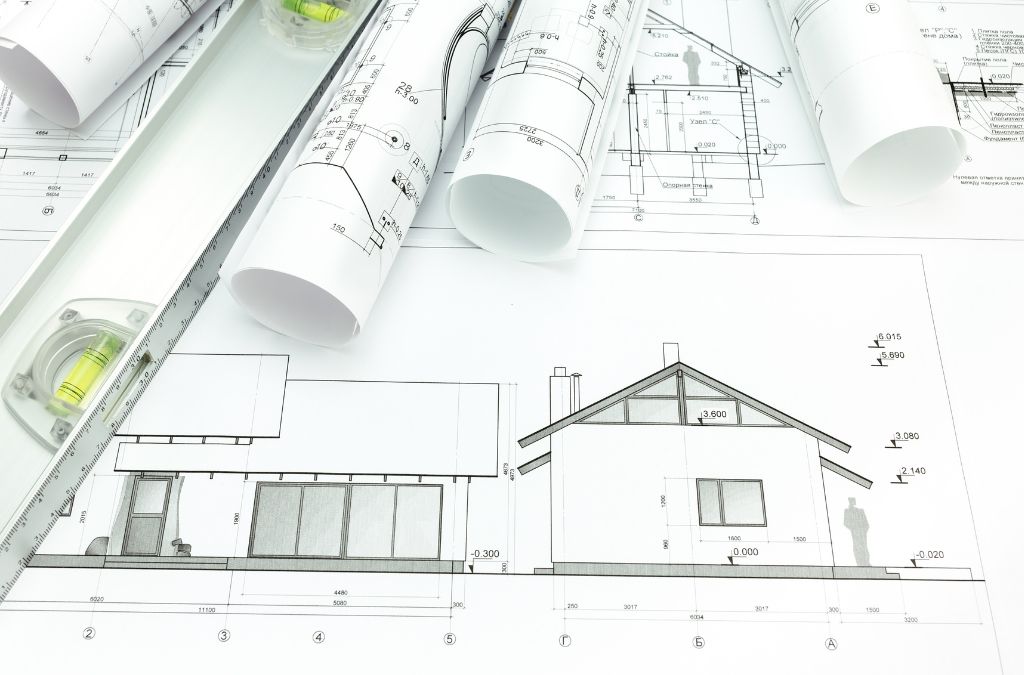-
Table of Contents
- Architect: Designing Innovation with Precision and Passion
- The Role of an Architect
- Key Responsibilities
- Innovation in Architecture
- Case Study: The Burj Khalifa
- Green Architecture
- Precision in Design
- Technological Advancements
- Case Study: The Sydney Opera House
- Passion for Design
- Architectural Icons
- Community Impact
- Conclusion
Architect: Designing Innovation with Precision and Passion
Architecture stands as a testament to human ingenuity, blending creativity with technical expertise. Architects are the visionaries who transform abstract ideas into tangible structures, shaping the environments in which we live, work, and play. This article explores the multifaceted role of architects, highlighting their contributions to innovation, precision, and passion in design.
The Role of an Architect
Architects are responsible for the conceptualization, design, and construction of buildings and other physical structures. Their work involves a deep understanding of both aesthetics and functionality, ensuring that each project meets the needs of its users while adhering to safety and regulatory standards.
Key Responsibilities
- Creating detailed architectural plans and blueprints
- Collaborating with clients to understand their vision and requirements
- Coordinating with engineers, contractors, and other professionals
- Ensuring compliance with building codes and regulations
- Overseeing the construction process to ensure quality and accuracy
Innovation in Architecture
Innovation is at the heart of architectural practice. Architects constantly push the boundaries of design, incorporating new materials, technologies, and methodologies to create structures that are not only functional but also aesthetically pleasing and sustainable.
Case Study: The Burj Khalifa
The Burj Khalifa in Dubai is a prime example of architectural innovation. Standing at 828 meters, it is the tallest building in the world. The design incorporates advanced engineering techniques and materials to withstand the extreme weather conditions of the region. The building’s unique Y-shaped floor plan maximizes views of the Persian Gulf while providing structural stability.
Green Architecture
Sustainability is a growing focus in architecture. Green buildings are designed to reduce environmental impact through energy efficiency, use of sustainable materials, and incorporation of renewable energy sources. The Bullitt Center in Seattle, often referred to as the “greenest commercial building in the world,” features solar panels, rainwater harvesting, and composting toilets.
Precision in Design
Precision is a critical aspect of architectural design. Accurate measurements, detailed plans, and meticulous attention to detail are necessary to ensure that a building is constructed correctly and safely.
Technological Advancements
Modern technology has significantly enhanced the precision of architectural design. Building Information Modeling (BIM) allows architects to create detailed 3D models of their projects, facilitating better visualization and coordination. Drones and laser scanning technology provide accurate site measurements, reducing the risk of errors during construction.
Case Study: The Sydney Opera House
The Sydney Opera House is an iconic example of precision in architecture. The complex geometry of its shell-like structures required innovative engineering solutions and precise calculations. The use of computer-aided design (CAD) software was instrumental in achieving the accuracy needed for its construction.
Passion for Design
Passion drives architects to create spaces that inspire and uplift. This passion is evident in the attention to detail, the pursuit of excellence, and the desire to make a positive impact on society through design.
Architectural Icons
Many architects have left an indelible mark on the world through their passionate pursuit of design excellence. Frank Lloyd Wright, known for his organic architecture, designed structures that harmonize with their natural surroundings. Zaha Hadid, celebrated for her futuristic and fluid designs, pushed the boundaries of what architecture could achieve.
Community Impact
Architects have the power to transform communities through thoughtful design. The High Line in New York City, a public park built on a historic freight rail line, has revitalized the surrounding neighborhoods, providing green space and fostering a sense of community. The park’s design, which incorporates native plants and sustainable practices, reflects a deep commitment to environmental stewardship.
Conclusion
Architects play a pivotal role in shaping the built environment, blending innovation, precision, and passion to create spaces that enhance our lives. Through their work, they push the boundaries of design, embrace new technologies, and strive for sustainability. Their contributions are evident in iconic structures around the world, from towering skyscrapers to community parks. As we look to the future, the role of architects will continue to evolve, driven by a relentless pursuit of excellence and a commitment to making the world a better place through design.
